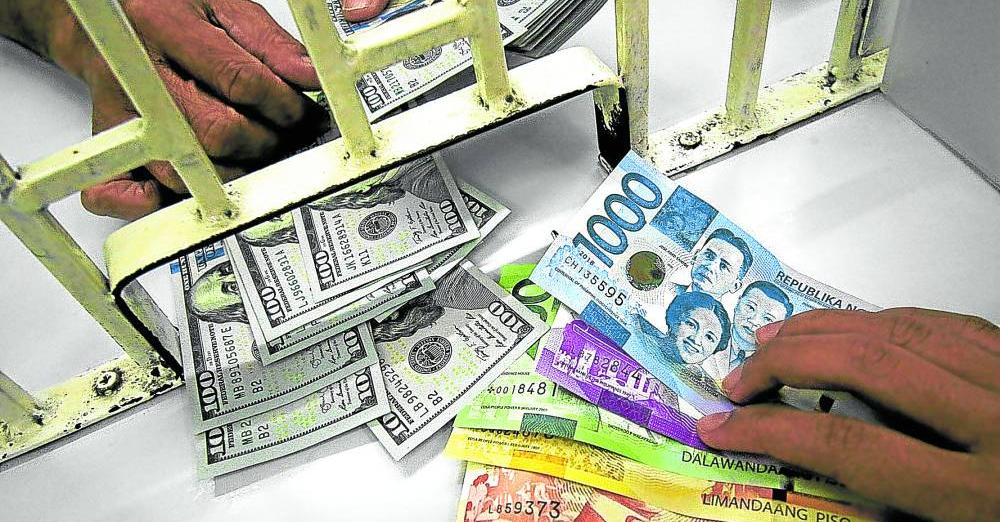The Philippine peso is expected to strengthen to 57 per US dollar in the third quarter as the US economy shows signs of slowing down.
According to a quarterly forecast by London-based Capital Economics, the peso may trade at around 57.3 against the US dollar during this period.
By the final quarter of the year, Capital Economics projects the peso to appreciate to 56. If realized, it would match the low end of the Marcos administration’s 56 to 58 foreign exchange assumption for 2024.
Jonathan Petersen, senior markets economist at Capital Economics, said the dollar could come under pressure as more cracks emerge in the US economy. Latest data showed that the US jobless rate had gone up in June while US manufacturing activity softened.
“The key emerging risk for the dollar now seems to be a weakening economy pushing Treasury yields even lower than we expect, even if it might benefit from a short-lived ‘safe-haven’ bid if ‘risky’ assets falter,” Petersen said in a commentary.
“The strength of the US economy relative to the rest of the world is increasingly important to the outlook for the dollar. In recent weeks, data releases suggest the US economy is losing momentum relative to other major economies,” he added.
After sinking near the record-low 59 due to diverging rate outlook in the United States and dovish remarks from officials of the Bangko Sentral ng Pilipinas (BSP), the peso managed to reverse some of its losses and is now trading at around 58.20 per dollar.
READ: Improving peso boosts index
BSP Governor Eli Remolona Jr. earlier struck a more dovish tone, hinting that the central bank might cut the policy rate by a total of 50 basis points (bps) this year—with the first 25-bp cut possibly in August and ahead of the US Federal Reserve.
But there are some market watchers who pointed out that the BSP cannot ease ahead of the Fed. This is because the peso may come under pressure if local yields become less attractive to foreign investors seeking high returns while interest rates are still high elsewhere, especially in the United States, which is considered a safe haven by investors.
A sharp local currency slump could risk fanning inflation by making imports more expensive. It can also bloat the peso value of foreign debts held by the government and Philippine companies.
Moving forward, Capital Economics is expecting the greenback to face some turbulence.
“Economic data surprises in the US are now undershooting expectations relative to the global measure, implying the global backdrop is increasingly a headwind for the greenback,” Petersen said.
Read Next
Disclaimer: The comments uploaded on this site do not necessarily represent or reflect the views of management and owner of Cebudailynews. We reserve the right to exclude comments that we deem to be inconsistent with our editorial standards.


